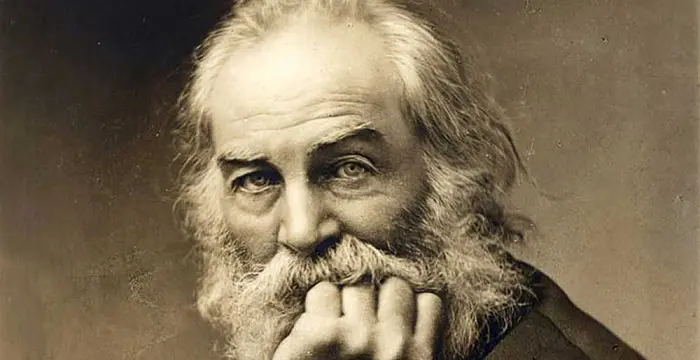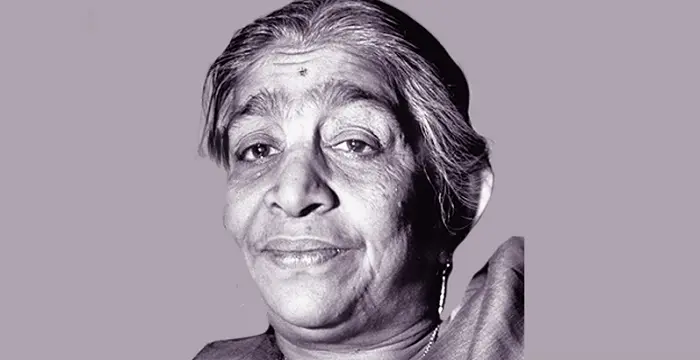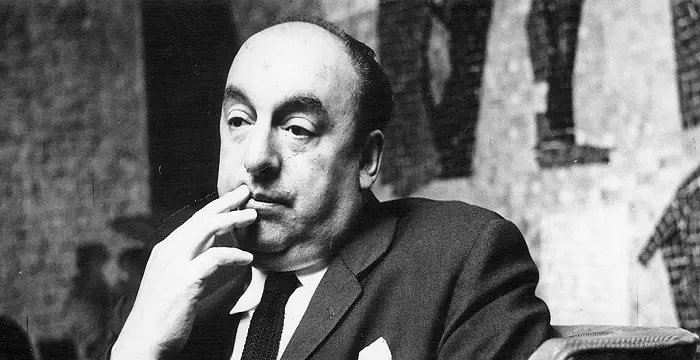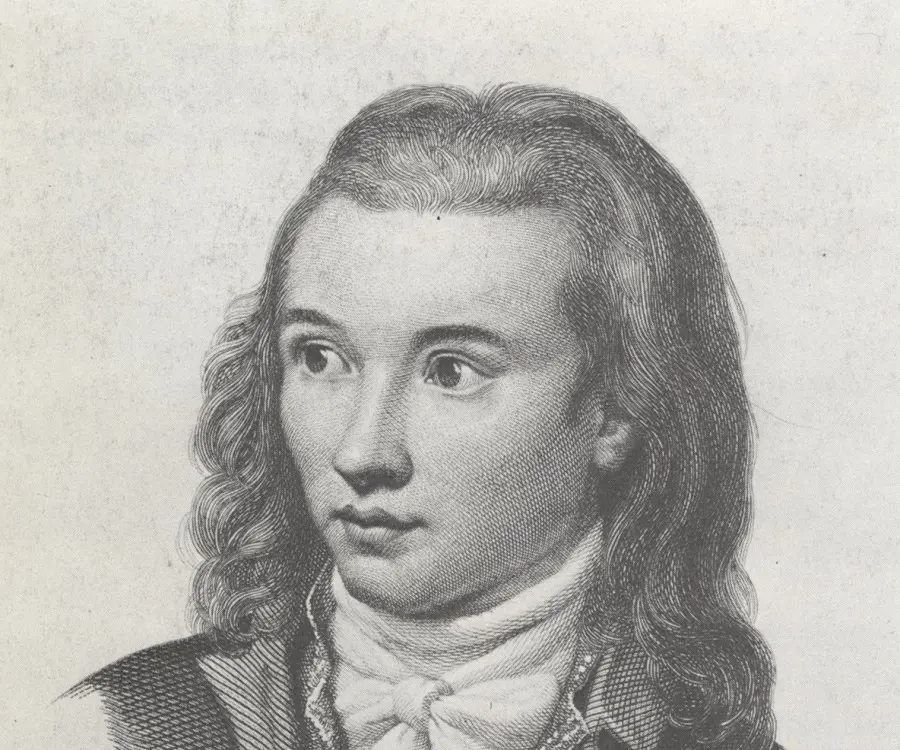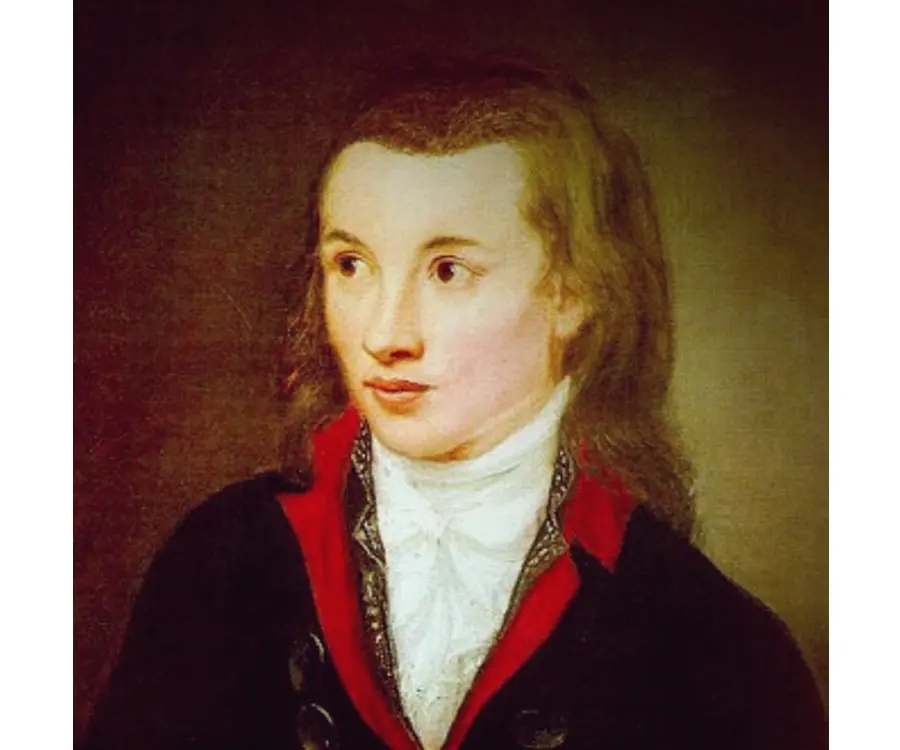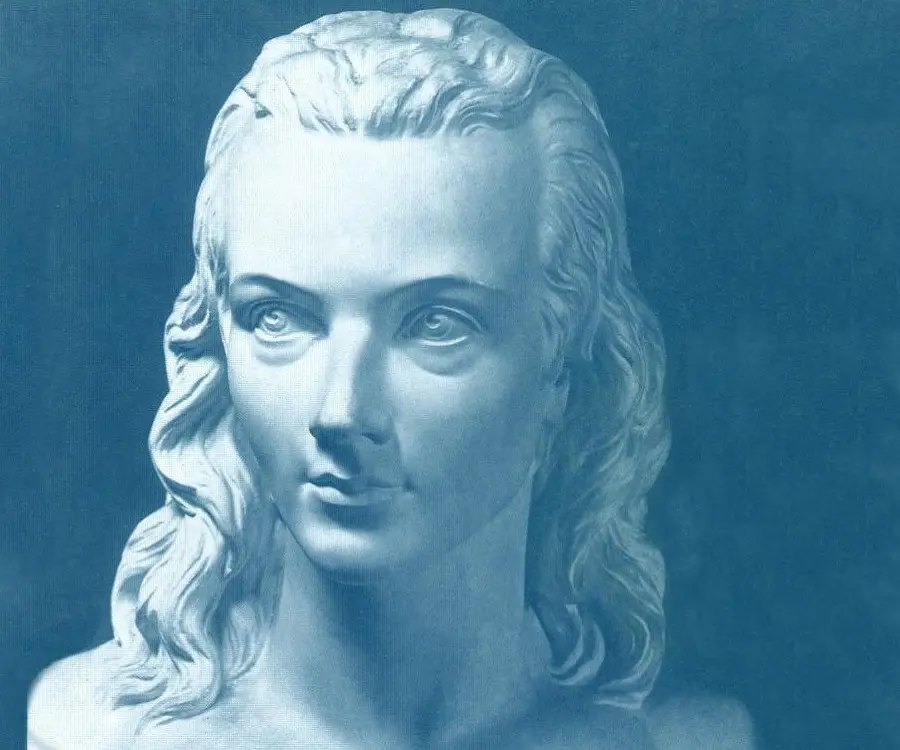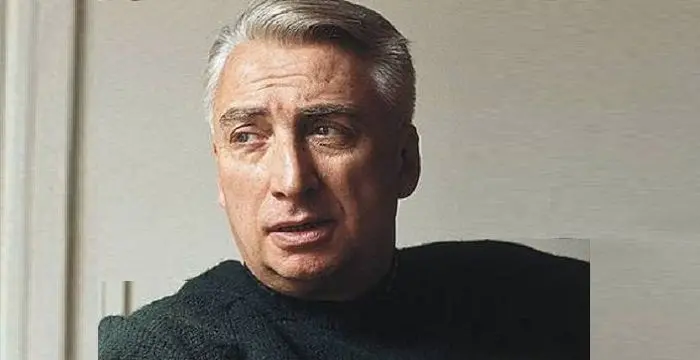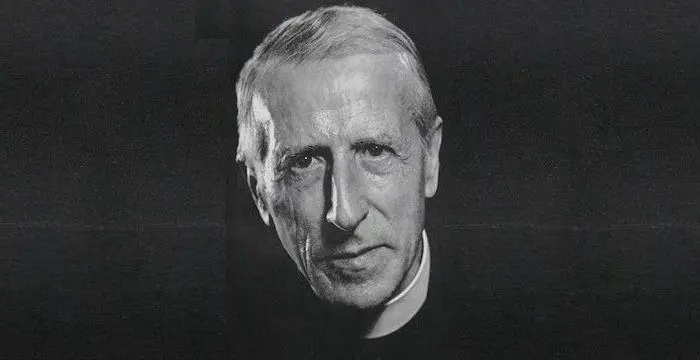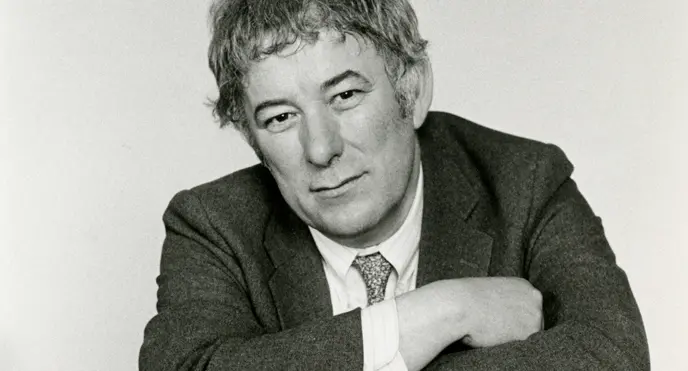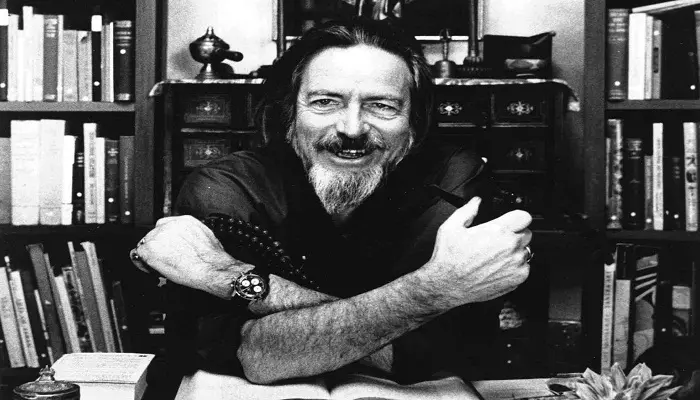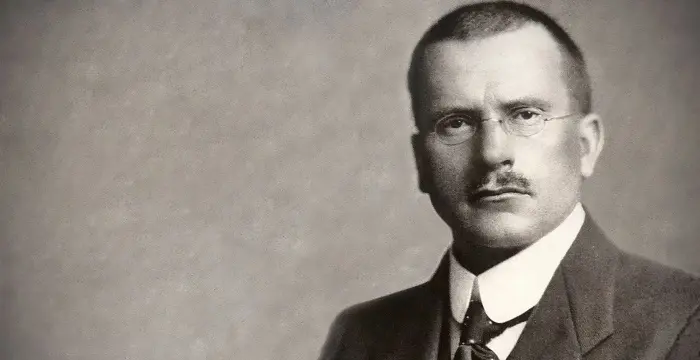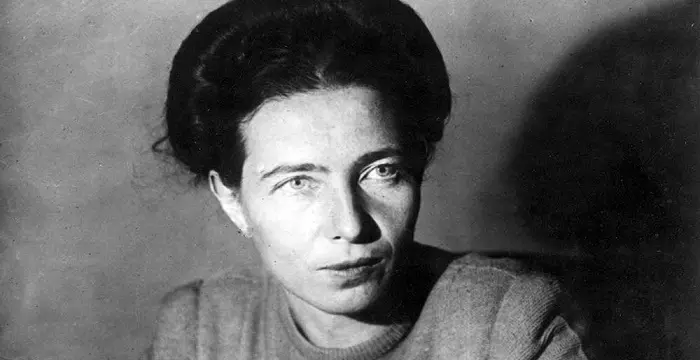
Novalis - Philosophers, Timeline and Childhood
Novalis's Personal Details
Georg Philipp Friedrich Freiherr von Hardenberg, better known as Novalis, was a German poet, author, and philosopher.
| Information | Detail |
|---|---|
| Birthday | May 2, 1772 |
| Died on | March 25, 1801 |
| Nationality | German |
| Famous | Intellectuals & Academics, Philosophers, Poets, Philosophers, Poets |
| Known as | Georg Philipp Friedrich Freiherr von Hardenberg |
| Universities |
|
| Cause of death |
|
| Birth Place | Oberwiederstedt, Electorate of Saxony, Germany |
| Gender | Male |
| Father | Heinrich Ulrich Erasmus Freiherr von Hardenberg (1738–1814) |
| Mother | Auguste Bernhardine von Böltzig (1749–1818) |
| Sun Sign | Taurus |
| Born in | Oberwiederstedt, Electorate of Saxony, Germany |
| Famous as | Philosopher & Poet |
| Died at Age | 28 |
// Famous Poets
Walt Whitman
Walt Whitman was an American poet, journalist and humanist. Read this brief biography to find more on his life & timeline.
Sarojini Naidu
Sarojini Naidu was an Indian freedom fighter and poet. Read this brief biography to find more on her life.
Pablo Neruda
Pablo Neruda was a Chilean poet, politician and Nobel laureate. Go through this biography to learn more about his profile, childhood, life and timeline.
Novalis's photo
Who is Novalis?
Novalis was amongst the most renowned poet, author and philosophers of the early German romanticism era. Mostly known to the world by his pseudonym of Novalis, Georg Philipp Friedrich von Hardenberg gave a deep insight of all subjects and made significant contributions in the field of aesthetics and philosophy of art in his short life of 28 years. His works have touched various issues such as epistemology, moral theory, political philosophy, problems of interpretation, philosophy of history, philosophy of religion, and so on. His theories and work greatly influenced the later Romantic thought. Novalis was widely read and equipped himself with knowledge in all sorts of subjects’ right from science, law, philosophy, politics and political economy. It was the notes that he made on his field of knowledge that he later used to draw connection and provide an encyclopaedic overview of art, religion and science. In his short existence, he lived to see only a couple of his works being published. It was posthumously that many of his works, some of which were unfinished while some were compiled from the notes that he made, were published.
// Famous Philosophers
Roland Barthes
Roland Barthes was a French literary theorist, critic and semiotician. This biography profiles his childhood, life, works, achievements and timeline.
Pythagoras
Pythagoras of Samos was a Greek mathematician and philosopher. Read on to learn more about Pythagoras’s profile, childhood, life and timeline.
Pierre Teilhard de Chardin
Pierre Teilhard de Chardin was a famous French philosopher and a priest who was also known for his controversial writings. Read more about the life and works of this philosopher in the following article.
Childhood & Early Life
Novalis was born as Georg Philipp Friedrich von Hardenberg at Oberwiederstedt manor, in the Harz Mountains to Heinrich Ulrich Erasmus Freiherr von Hardenberg and Auguste Bernhardine von B�ltzig.
His father was an avid follower of pietism and a member of the Moravian (Herrnhuter) Church. He was the second of the eleven children born to the couple.
Coming from Low German nobility, he was christened Georg Philipp Friedrich in the church. It was later on that he took on the pseudonym Novalis from ‘de Novali’ a name that his family formerly used.
He was initially home schooled by private tutors. It was only later that he attended the Lutheran grammar school in Eisleben, learning rhetoric and ancient literature.
From 1790, he studied law at the University of Jena. It was there that he befriended Friedrich von Schiller. He then moved to Leipzig for studies where he became acquainted with Friedrich von Schlegel. Schlegel first introduced him to the philosophies of Immanuel Kant and Johann Gottlieb Fichte.
He finally completed his studies from Wittenberg in 1794. Other people that he met and became friends with during his educational journey were Goethe, Herder, Jean Paul, Ludwig Tieck and Friedrich Wilhelm Joseph Schelling
Career
In 1794, he started working as an actuary for August Coelestin Just, who was his friend and superior. He worked there for two years until January 1796 when he took up the position of an auditor for the Saxon government saltworks at Weissenfels.
Meanwhile, from 1795 to 1796, he underwent a detailed analysis of the scientific doctrine of Johann Gottlieb Fichte, who changed his view and thinking. He carried Fichte’s work and doctrine further by transforming the latter’s view and hence laying the foundation for his Liebesreligion, religion of love.
In 1797, circumventing from the deep emotional loss of his fianc�e, he got himself enrolled at the Mining Academy of Frieberg in Saxony. It was there that he befriended Professor Abraham Gottlob Werner who in turn trained him in the study of geology.
At Frieberg, he guided himself to learn a number of subjects such as mining, mathematics, chemistry, biology, history and philosophy. It was while studying these subjects that he collected material for his famous encyclopaedia projects.
His first ever written matter was published in 1798 in the Athen�um magazine under the title, ‘Bl�thenstaub’ (Pollen). It was for this publication that he for the first time used his pseudonym, ‘Novalis’.
In the same year, he came up with his second publication, which was titled ‘Glauben and Liebe’ (Faith and Love). The work much like his first publication attempted to unite poetry, philosophy and science.
The following year, i.e. in 1799, he not just met Ludwig Tieck but other authors of the Jena Romanticism. Meanwhile, he did not give up on his work at the Weissenfels and worked in the management of salt mines.
Later the same year, he was promoted to the position of an assessor and the director of the salt mines. In 1800, he was appointed as the Supernumerar-Amtshauptmann for the district of Thuringia, a position which is equivalent to the present-day magistrate.
In 1800, he penned a six prose poem interspersed with verse, entitled, ‘Hymnen an die Nacht’. Through it, he expressed his deep embedded grief and sorrow after the death of his fianc�e Sophie. He worked on theme of life and death which according to him were entwined concepts. The work is today considered as the most important poetry of the German early Romanticism.
Personal Life & Legacy
In 1794, he first met Sophie von K�hn and fell in love with her. The following year in March, when Kuhn turned thirteen, they were formally engaged to marry.
Tragedy struck the life of the much-in-love couple as Sophie, who was suffering from tuberculosis, breathed her last in March 1979. He was flabbergasted and went into a state of mourning and suffering.
Recovering from his loss, he got engaged to Julie von Charpentier in December 1798. She was the daughter of Johann Friedrich Wilhelm Toussaint von Charpentier, a professor in Freiberg
In August 1799, he was struck with tuberculosis. After months of enduring the pain of the disease, he breathed his last on March 25, 1801 in Weissenfels. He was buried in the old cemetery
While some of his works such as Pollen, Faith and Love and Hymns to the Night were published during his life, his unfinished novels such as ‘Heinrich von Ofterdingen’ and ‘The Novices at Sais’ were published posthumously.
His unfinished political speech and essay ‘Die Christenheit oder Europa’ (Christendom or Europe) was published posthumously.
His notes from 1798 to 1799 were collected and later clubbed to form the work, ‘Das allgemeine Brouillon’ which is published in English as ‘Notes for a Romantic Encyclopaedia’. The notes drew a connection in the sense of encyclopaedic overview of art, religion and science.
// Famous Poets
Charles Bukowski
Charles Bukowski was a German-born American novelist, short story writer and poet. With this biography, learn in details about his childhood, life, works, career and timeline
Seamus Heaney
Nobel Laureate Seamus Heaney was an Irish poet, playwright and translator. Know about his profile, childhood, life and timeline in the biography below.
Walt Whitman
Walt Whitman was an American poet, journalist and humanist. Read this brief biography to find more on his life & timeline.
Novalis biography timelines
- // 2nd May 1772Novalis was born as Georg Philipp Friedrich von Hardenberg at Oberwiederstedt manor, in the Harz Mountains to Heinrich Ulrich Erasmus Freiherr von Hardenberg and Auguste Bernhardine von B�ltzig.
- // 1790From 1790, he studied law at the University of Jena. It was there that he befriended Friedrich von Schiller. He then moved to Leipzig for studies where he became acquainted with Friedrich von Schlegel. Schlegel first introduced him to the philosophies of Immanuel Kant and Johann Gottlieb Fichte.
- // 1794He finally completed his studies from Wittenberg in 1794. Other people that he met and became friends with during his educational journey were Goethe, Herder, Jean Paul, Ludwig Tieck and Friedrich Wilhelm Joseph Schelling
- // 1794 To 1796In 1794, he started working as an actuary for August Coelestin Just, who was his friend and superior. He worked there for two years until January 1796 when he took up the position of an auditor for the Saxon government saltworks at Weissenfels.
- // 1794 To 1795In 1794, he first met Sophie von K�hn and fell in love with her. The following year in March, when Kuhn turned thirteen, they were formally engaged to marry.
- // 1795 To 1796Meanwhile, from 1795 to 1796, he underwent a detailed analysis of the scientific doctrine of Johann Gottlieb Fichte, who changed his view and thinking. He carried Fichte’s work and doctrine further by transforming the latter’s view and hence laying the foundation for his Liebesreligion, religion of love.
- // 1797In 1797, circumventing from the deep emotional loss of his fianc�e, he got himself enrolled at the Mining Academy of Frieberg in Saxony. It was there that he befriended Professor Abraham Gottlob Werner who in turn trained him in the study of geology.
- // Mar 1797Tragedy struck the life of the much-in-love couple as Sophie, who was suffering from tuberculosis, breathed her last in March 1979. He was flabbergasted and went into a state of mourning and suffering.
- // 1798His first ever written matter was published in 1798 in the Athen�um magazine under the title, ‘Bl�thenstaub’ (Pollen). It was for this publication that he for the first time used his pseudonym, ‘Novalis’.
- // 1798 To 1799His notes from 1798 to 1799 were collected and later clubbed to form the work, ‘Das allgemeine Brouillon’ which is published in English as ‘Notes for a Romantic Encyclopaedia’. The notes drew a connection in the sense of encyclopaedic overview of art, religion and science.
- // Dec 1798Recovering from his loss, he got engaged to Julie von Charpentier in December 1798. She was the daughter of Johann Friedrich Wilhelm Toussaint von Charpentier, a professor in Freiberg
- // 1799The following year, i.e. in 1799, he not just met Ludwig Tieck but other authors of the Jena Romanticism. Meanwhile, he did not give up on his work at the Weissenfels and worked in the management of salt mines.
- // Aug 1799 To 25th Mar 1801In August 1799, he was struck with tuberculosis. After months of enduring the pain of the disease, he breathed his last on March 25, 1801 in Weissenfels. He was buried in the old cemetery
- // 1800Later the same year, he was promoted to the position of an assessor and the director of the salt mines. In 1800, he was appointed as the Supernumerar-Amtshauptmann for the district of Thuringia, a position which is equivalent to the present-day magistrate.
- // 1800In 1800, he penned a six prose poem interspersed with verse, entitled, ‘Hymnen an die Nacht’. Through it, he expressed his deep embedded grief and sorrow after the death of his fianc�e Sophie. He worked on theme of life and death which according to him were entwined concepts. The work is today considered as the most important poetry of the German early Romanticism.
// Famous Philosophers
Martin Buber
One of the greatest philosophers to have ever walked on earth, Martin Buber contributions to philosophy is a long-standing one. Explore all about his profile, childhood, life and timeline here.
Lao Tzu (Laozi)
Lao Tzu was a legendary Chinese philosopher who wrote the important “Daodejing”. This biography profiles his childhood, life, career, achievements and timeline.
Alan Watts
Alan Watts was a famous British philosopher known for his Zen teachings and interpretations of Eastern philosophy. Read more about this great philosopher in the following article.
Carl Jung
Carl Jung was a Swiss psychiatrist famous for founding the school of analytical psychology. This biography of Carl Jung provides detailed information about his childhood, life, achievements, works & timeline.
Simone de Beauvoir
Simone de Beauvoir was an eminent French writer, intellectual, activist, and philosopher. This biography profiles her childhood, life, thoughts, achievements and timeline.
Jabir Ibn Hayyan
Jabir Ibn Hayyan was a medieval era polymath. Check out this biography to know about his life, works and achievements.
Novalis's FAQ
What is Novalis birthday?
Novalis was born at 1772-05-02
When was Novalis died?
Novalis was died at 1801-03-25
Where was Novalis died?
Novalis was died in Weißenfels, Germany
Which age was Novalis died?
Novalis was died at age 28
Where is Novalis's birth place?
Novalis was born in Oberwiederstedt, Electorate of Saxony, Germany
What is Novalis nationalities?
Novalis's nationalities is German
What was Novalis universities?
Novalis studied at Lutheran grammar school Eisleben
What is Novalis's cause of dead?
Novalis dead because of Tuberculosis
Who is Novalis's father?
Novalis's father is Heinrich Ulrich Erasmus Freiherr von Hardenberg (1738–1814)
Who is Novalis's mother?
Novalis's mother is Auguste Bernhardine von Böltzig (1749–1818)
What is Novalis's sun sign?
Novalis is Taurus
How famous is Novalis?
Novalis is famouse as Philosopher & Poet
